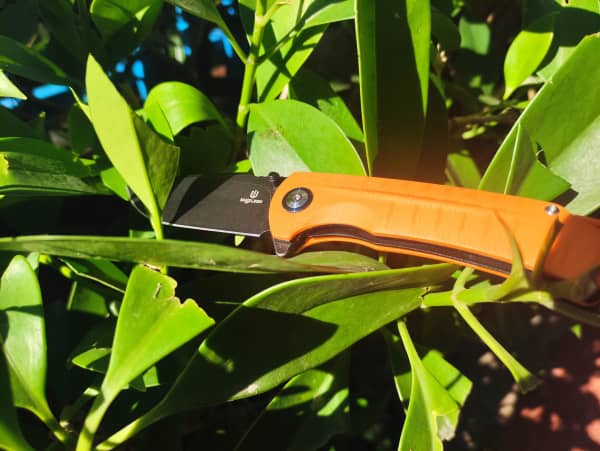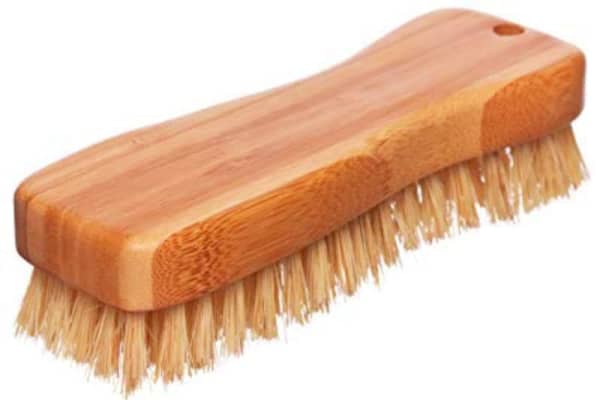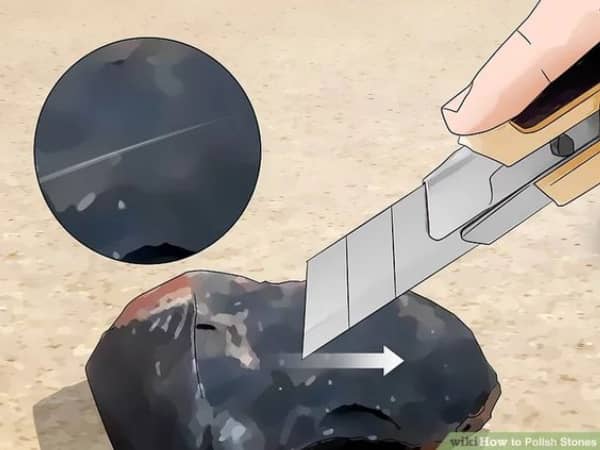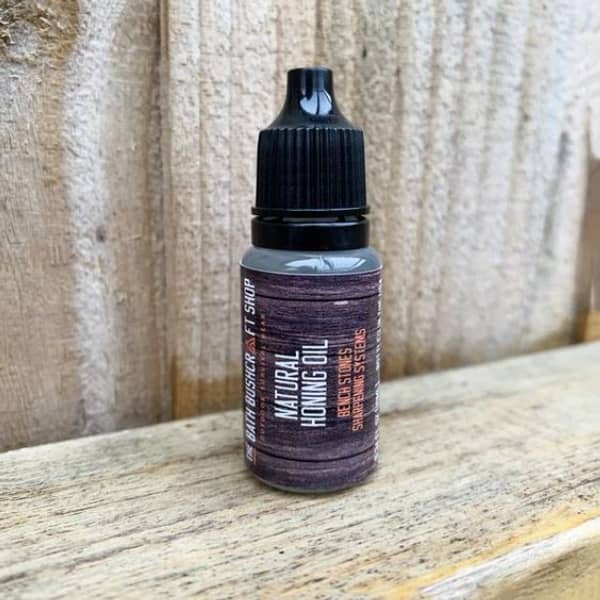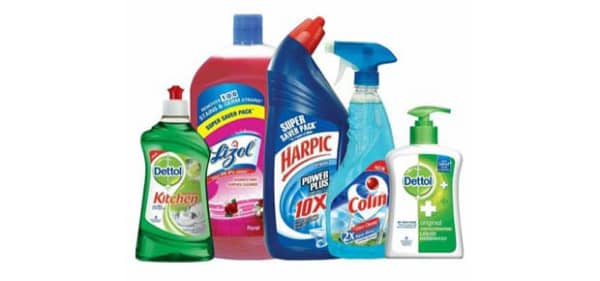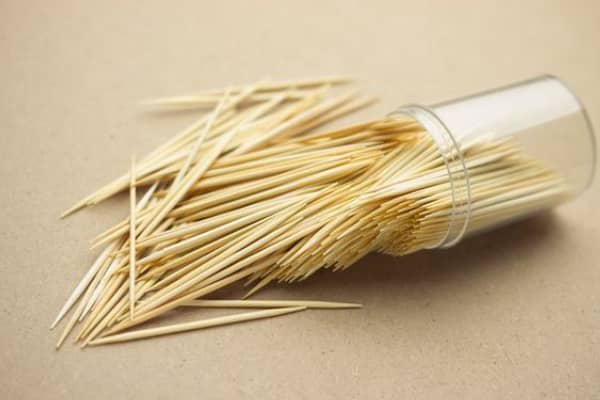Maintaining and cleaning your pocket knife is essential for keeping it in good condition and ensuring its longevity.
However, when should you clean and sanitize your pocket knife?
It’s essential to understand the best practices of pocket knife cleaning and sanitizing so that you can keep your blade sharp, safe, and free from rust or other damage caused by neglect.
This article will provide an overview of how to properly clean and sanitize a pocket knife and how often you should be doing it.
With this knowledge, you can keep your trusty pocket knife in top-notch condition!
What cleaning and disinfection tools are often used for pocket knives?
Cotton cloth
Cotton cloth is commonly used for cleaning pocket knives since it doesn’t leave lint or residue behind. It’s also absorbent and gentle, making it an ideal choice for wiping your pocket knife clean.
Take note that you should use a separate cloth for cleaning and sanitizing your pocket knife.
Cleaning brush
A soft-bristled brush can be used to scrub away any dirt or grime that may have accumulated on your pocket knife.
This will ensure that all the dirt and residue are removed from your blade and helps restore it to its original condition.
When using a cleaning brush, make sure to use gentle strokes and avoid any excess force, as this could cause damage to the blade.
Polishing stone
A polishing stone is an effective way to sharpen and maintain the condition of your pocket knife.
When used with a lubricant, it can help restore dull blades back to their original sharpness.
However, it’s important not to over-sharpen and to avoid putting too much pressure on the blade while polishing.
Light lubricant oil
Light lubricant oil is essential for keeping your pocket knife in good condition.
When applied regularly, it helps protect the blade from rusting and corrosion.
Avoid using any type of lubricant oil other than what is recommended for pocket knives, as this could cause damage to the blade.
What you need is a good quality light lubricant oil specifically made for pocket knives.’
Cleaning solution/detergent
A cleaning solution or soap is an important part of pocket knife maintenance.
It helps remove dirt and grime from the blade, as well as debris that may have accumulated over time.
To avoid damage, be sure to use a mild cleaning solution or detergent specifically made for pocket knife cleaning.
Toothpick
Pocket knife maintenance often requires the use of a toothpick.
This small tool can help you pick out dirt and debris from the handle or in between the blade and handle.
Does the pocket knife of various materials have any key cleaning and disinfecting points?
1. Stainless Steel
Clean the blade with a soft-bristled brush, followed by a cotton cloth dampened in cleaning solution or detergent and then oiled with light lubricant oil.
Stainless steel is known for its rust and corrosion resistance, but it is still important to clean the blade regularly. Make sure to dry the blade with a dry cloth when finished.
2. Carbon Steel
While this material is quite robust, it’s also prone to rusting if not properly maintained.
To clean carbon steel pocket knives, use a soft-bristled brush and clean cloth dampened in soapy water before drying and oiling the blade with light lubricant oil for added protection against corrosion.
Take note that carbon steel pocket knives should not be left wet for long periods of time.
3. Wood Handle
For wood handle pocket knives, use a toothpick to help remove any dirt or debris from between the handle and blade while wiping down the handle with a damp cloth after each use will help keep your pocket knife looking like new!
The wood handles of pocket knives should also be treated with a wood treatment product every six months or so to help protect the wood from cracking and other damage.
4. Plastic Handle
As plastic handles are more susceptible to cracking or fading over time, it’s important to avoid using abrasive cleaners when cleaning them as they could damage your pocket knife’s finish quickly.
Instead, use only mild soap and warm water when cleaning plastic handles on pocket knives!
Remember, regular cleaning and sanitizing of your pocket knife should be done to keep it looking like new while ensuring its safety and performance.
5. Titanium
Titanium pocket knives are known for their strength and durability, but they still require proper cleaning and maintenance to keep them in top condition.
To clean titanium pocket knives, use a soft-bristled brush and mild cleaning solution to remove dirt from the blade, followed by a dry cloth and light lubricant oil to protect against rust and corrosion.
Take care not to use too much oil, as this can cause damage to the blade’s finish.
When should you clean and disinfect pocket knives?
It is important to clean and sanitize pocket knives regularly in order to ensure their longevity and performance.
Depending on the materials and frequency of use, pocket knives should be cleaned and sanitized at least once a month.
For carbon steel blades, professional sharpeners recommend cleaning and oiling the blade after every use to help keep it sharp and rust-free.
In any case, it is better to clean your pocket knife more often than not in order to ensure its safety and performance.
Cleaning pocket knives should be done carefully and with the right materials. To clean a pocket knife, start by using some warm water and mild dish soap.
Make sure to rinse off any soap residue or dirt in order to prevent damage to the blade. After cleaning, use a soft cloth or paper towel to dry the blade.
Once the blade has been cleaned and dried, it is important to sanitize the pocket knife in order to reduce the risk of spreading any bacteria.
Sanitizing can be done using a variety of products, such as bleach-based household cleaners or rubbing alcohol. When using these products, wear gloves and use caution when handling them.
For pocket knives made of stainless steel, it is important to periodically apply a thin coat of oil in order to protect the blade from corrosion.
A few drops of mineral oil or gun oil should do the trick. Simply rub the oil onto the blade with a soft cloth and then wipe off any excess.
Takeaways
Overall, cleaning and sanitizing pocket knives regularly is essential to ensure their performance and safety.
For pocket knives made of carbon steel, clean and oil the blade after each use while other types of pocket knives should at least be cleaned monthly with mild soap and warm water followed by a sanitization process.
Remember to always use caution when cleaning and sanitizing pocket knives and to wear gloves if using harsh cleaners or disinfectants.
Following these simple steps will keep your pocket knife looking like new for years to come.
Click to have more Shieldon EDC knives and tools fun.
Shieldon、Facebook、Instagram、YouTube、Twitter、Tumblr、Pinterest

